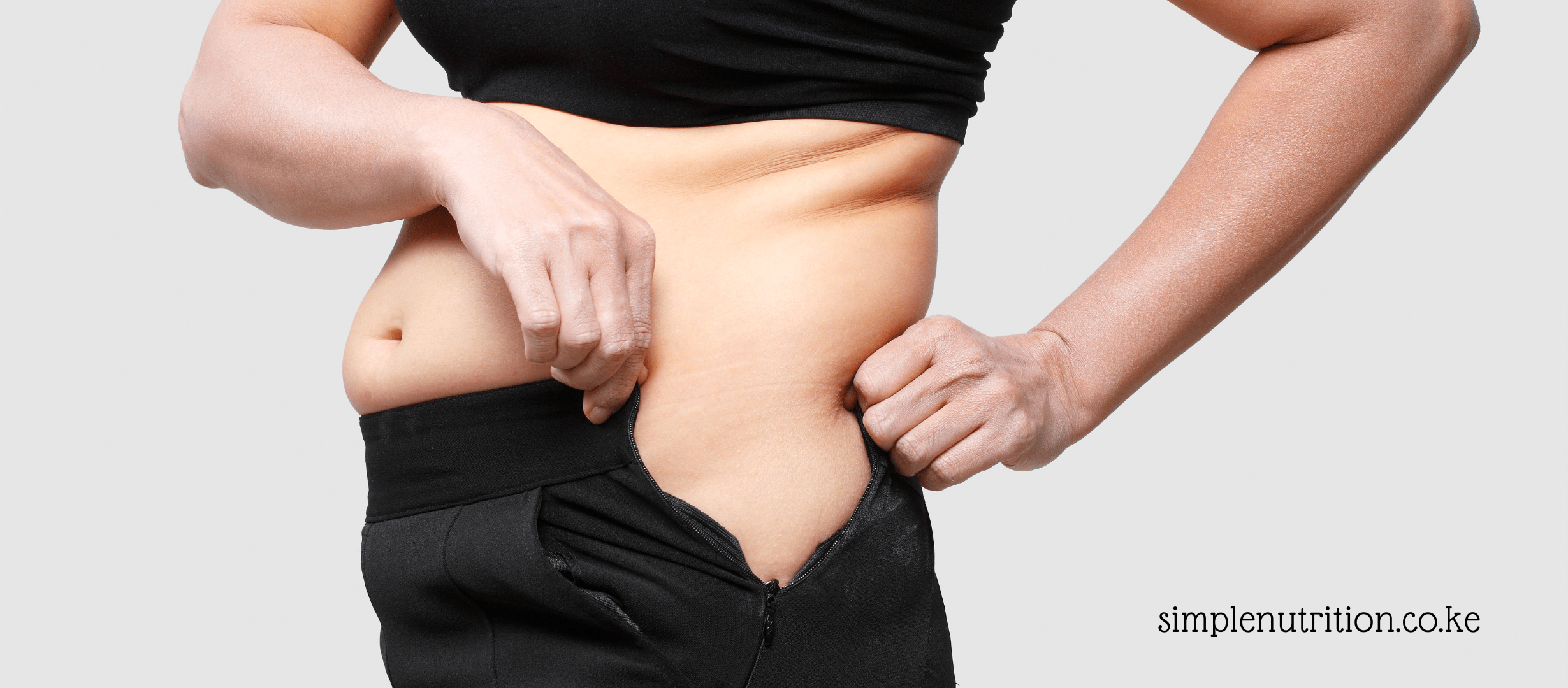A low-protein diet is a nutritional plan that limits the intake of dietary protein. The goal is to reduce the amount of consumed, typically to alleviate stress on certain organs like the kidneys or liver, or to manage specific medical conditions.
Key Features of a Low-Protein Diet:
- Reduced Protein Intake:
The amount is usually limited to about 0.6 to 0.8 grams per kilogram of body weight per day. In some cases, it can be even lower, depending on the severity of the condition.
For example, if someone weighs 70 kg, their daily protein intake might be limited to 42-56 grams.
- Protein Sources:
Focus on high-quality proteins, which provide all essential amino acids, such as eggs, dairy, and lean meats (if not vegetarian).
For vegetarians or vegans, high-quality sources include tofu, quinoa, and certain legumes, though these might still need to be limited.
- Increased Carbohydrates and fats
Since protein intake is reduced, calories need to come from other macronutrients. Complex carbohydrates (like whole grains, fruits, and vegetables) and healthy fats (like avocados, nuts, seeds, and olive oil) are emphasized to ensure sufficient energy intake.
- Vitamin and Mineral Supplementation:
A low-protein diet may lack certain vitamins and minerals, especially B vitamins, iron, and zinc. Supplements or careful planning may be necessary to avoid deficiencies.
- Meal Planning:
Careful meal planning is crucial to ensure that the diet is nutritionally adequate while keeping protein intake within recommended limits.
Protein-rich foods are portioned very carefully, and low-protein alternatives like low-protein bread, pasta, and other specialized products might be used.
When and why?
You may need to reduce your protein intake in specific health situations where high protein consumption could exacerbate existing conditions or cause additional harm. Here are some scenarios in which you might need to go down on protein intake:
1. Chronic Kidney Disease (CKD):
- Why: The kidneys filter waste products, including those from protein metabolism. In CKD, reduced kidney function means the body struggles to filter out waste, leading to an accumulation of harmful substances in the blood.
- When: If you have been diagnosed with CKD, especially in the later stages (stages 3-5), your doctor might recommend a low-protein diet to slow the disease’s progression and manage symptoms like uremia.
2. Liver Disease:
- Why: The liver processes proteins and helps detoxify the body. In conditions like liver cirrhosis, the liver’s ability to handle protein metabolism is compromised.
- When: If you have liver disease, particularly cirrhosis, you may need to lower protein intake to prevent the buildup of ammonia and other toxins that could lead to hepatic encephalopathy (a decline in brain function due to liver failure).
3. Uremia or Advanced Kidney Failure:
- Why: In advanced kidney failure, the body accumulates urea and other nitrogenous wastes due to insufficient kidney function.
- When: If you are experiencing uremia (high levels of urea in the blood), reducing protein intake can help manage symptoms like fatigue, nausea, and confusion.
4. Heart Failure:
- Why: In severe heart failure, the body’s ability to excrete waste products might be compromised, leading to a recommendation for reduced protein intake to ease the burden on the heart and kidneys.
- When: If you have advanced heart failure, particularly if it is affecting kidney function (cardiorenal syndrome), your doctor may advise lowering protein intake.
5. Gout or High Uric Acid Levels:
- Why: Gout is a form of arthritis caused by excess uric acid in the blood, often due to the breakdown of purines found in high-protein foods.
- When: If you have gout or high uric acid levels, reducing protein intake (especially purine-rich foods like red meat and shellfish) can help prevent flare-ups and manage symptoms.
6. Post-Transplant (Kidney or Liver):
- Why: After a kidney or liver transplant, dietary recommendations may include a temporary reduction in protein intake to help the body adjust and recover.
- When: If you are recovering from a transplant, your healthcare team may recommend a lower protein diet initially to protect the new organ and aid in recovery.
7. During Certain Critical Illnesses:
- Why: In some critical illnesses, the body’s ability to process protein might be temporarily impaired, or the protein metabolism may need to be carefully managed.
- When: If you are in a critical care situation or have a condition that affects protein metabolism, your healthcare provider may temporarily reduce your protein intake.
How to keep your protein intake low.
Reducing your protein intake involves making deliberate changes to your diet to lower the amount of protein you consume while still maintaining overall nutritional balance.
Here are some strategies to help you reduce your protein intake:
- Choose Lower-Protein Foods:
Fruits and Vegetables: These are naturally low in protein and can be consumed in large quantities. Examples include apples, berries, cucumbers, and leafy greens.
Starchy Vegetables: Potatoes, sweet potatoes, and corn are lower in protein compared to beans or legumes.
Low-Protein Grains: White rice, pasta, and white bread have less protein compared to whole grains. However, be mindful of choosing healthier, low-protein alternatives where possible.
- Limit High-Protein Foods:
Reduce Meat and Fish Intake: If you consume animal products, limit portions of meat, poultry, fish, and seafood.
Dairy and Eggs: Choose smaller servings of dairy products like milk, cheese, and yogurt, and limit egg consumption.
Legumes and Nuts: Beans, lentils, chickpeas, and nuts are high in protein, so they should be consumed in moderation if you’re reducing protein intake.
- Use Low-Protein Alternatives:
Low-Protein Bread and Pasta: These specially formulated products are designed to provide fewer grams of protein per serving than regular versions.
Non-Dairy Milk: Use plant-based milk alternatives like almond milk, rice milk, or coconut milk, which typically have less protein than cow’s milk.
Low-Protein Snacks: Choose snacks that are low in protein, such as fruits, vegetables, or crackers made from refined grains.
- Manage Portion Sizes:
Smaller Portions: Reduce the portion sizes of protein-rich foods. For example, instead of a full serving of meat, have half or less, and fill the plate with vegetables and low-protein grains.
Balance Meals: Ensure that each meal is well-balanced with more low-protein foods like vegetables and carbohydrates, and smaller portions of high-protein foods.
- Read Food Labels:
Check Protein Content: When shopping, read nutrition labels to check the protein content of foods. Choose products with lower protein content to fit within your dietary needs.
Avoid High-Protein Supplements: Be cautious with protein bars, shakes, and supplements that are marketed to increase protein intake.
- Cook with Low-Protein Ingredients:
Vegetable-Based Dishes: Focus on dishes that use vegetables as the main ingredient rather than meat or legumes.
Use Low-Protein Recipes: Find recipes specifically designed for low-protein diets, which typically emphasize flavor through herbs, spices, and low-protein ingredients.
Discover more from Simple Nutrition
Subscribe to get the latest posts sent to your email.






